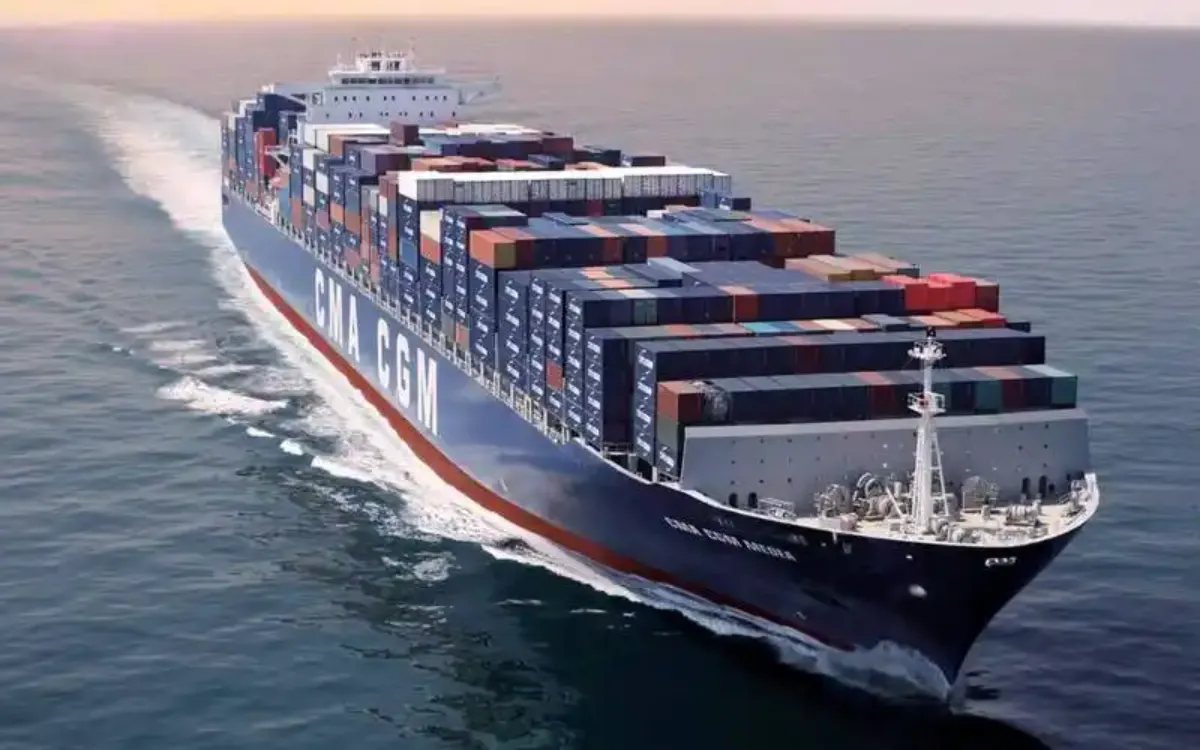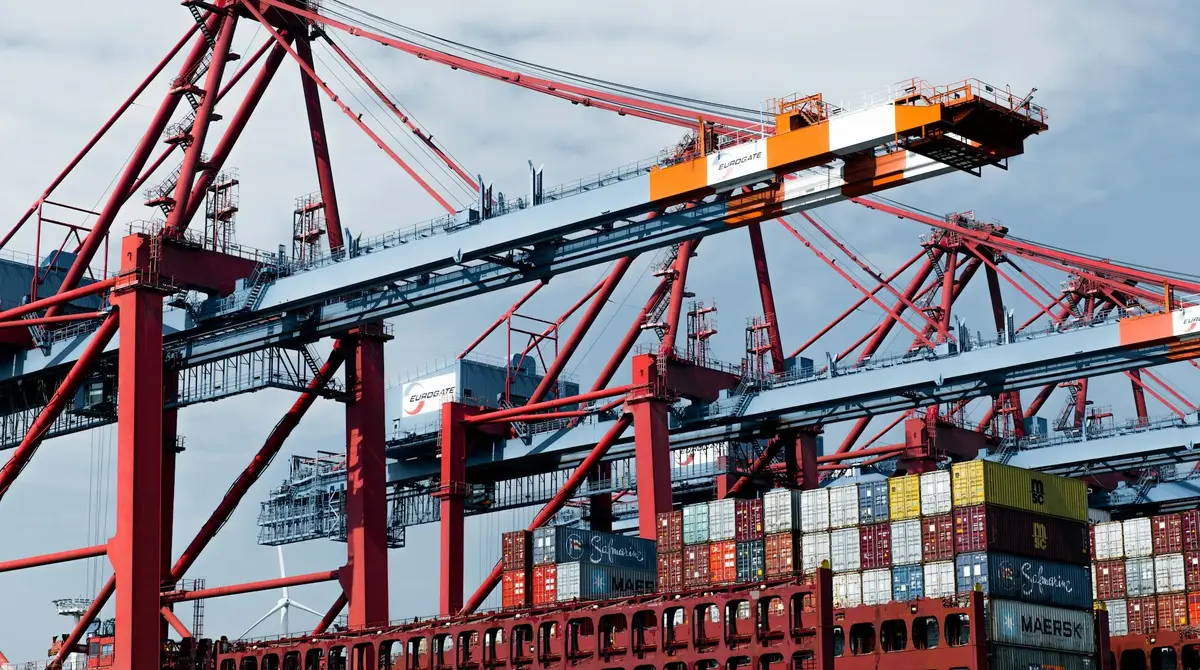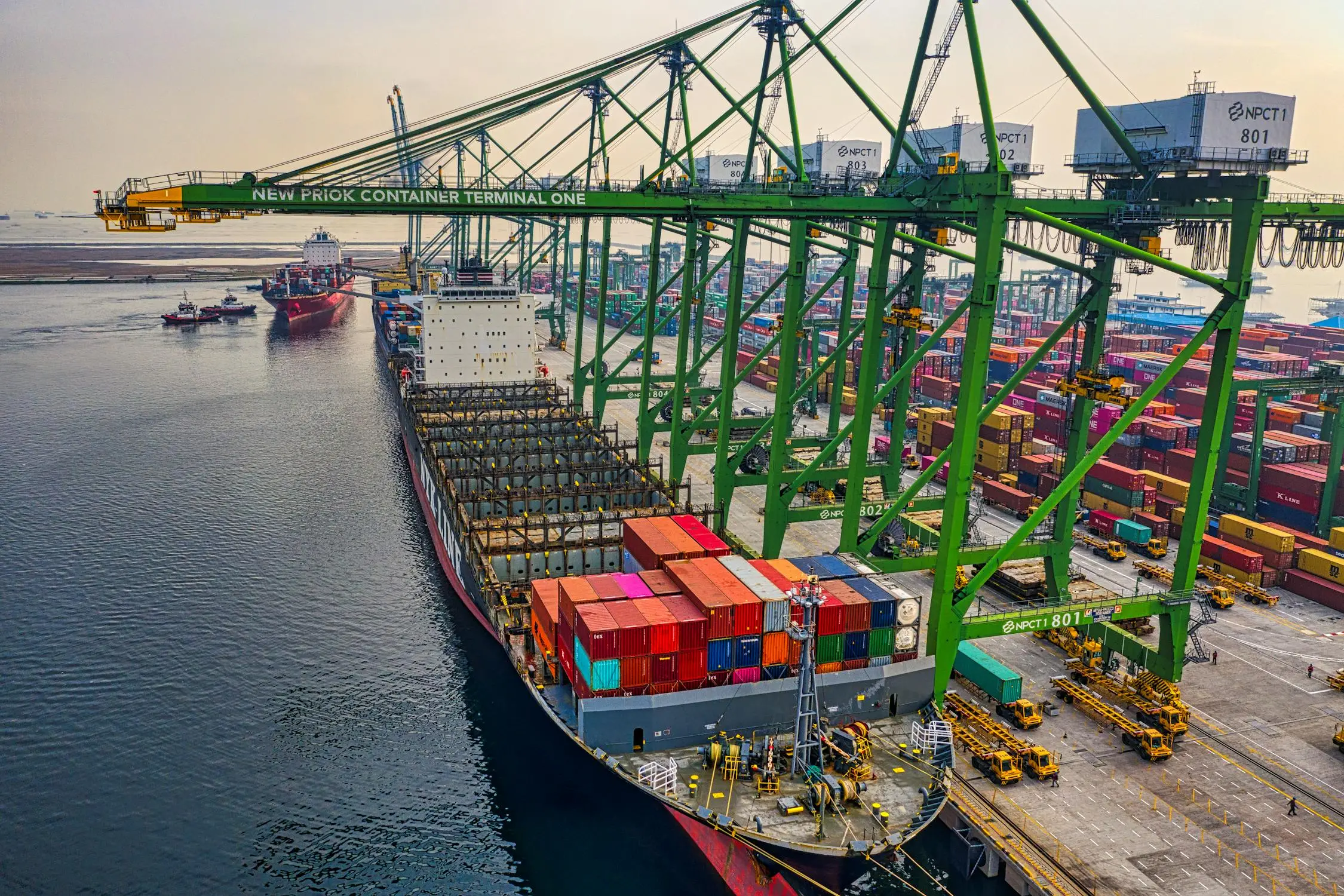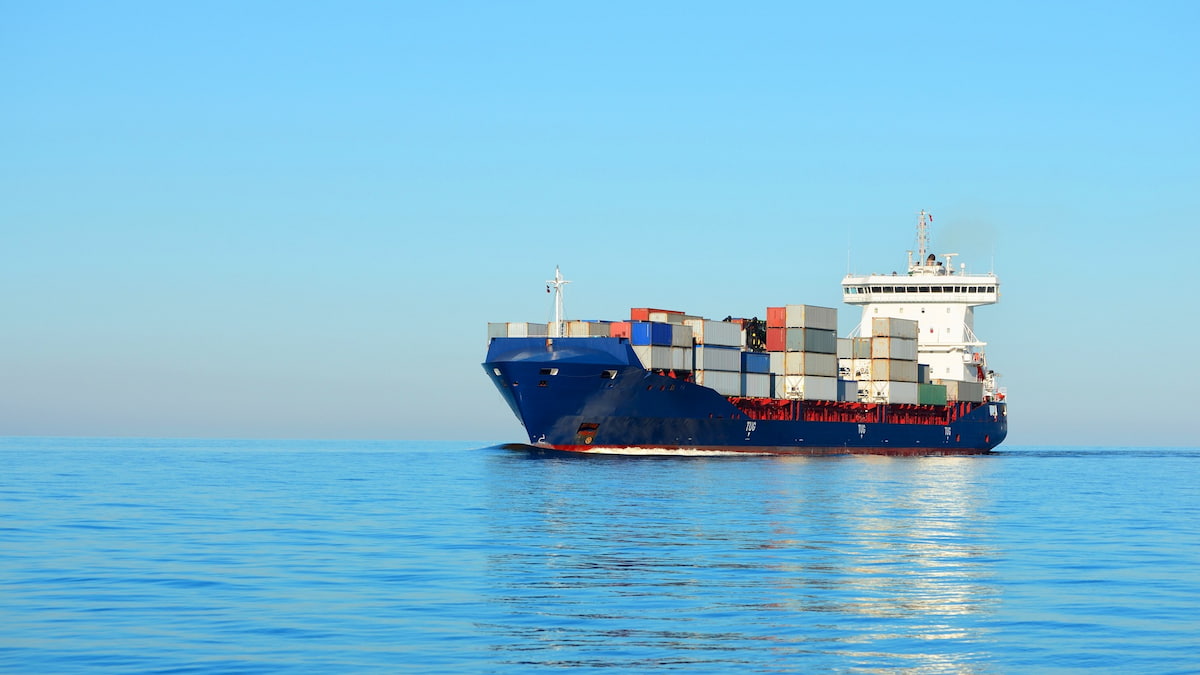
Shipping goods internationally can be a complex endeavor, especially when it involves navigating the logistics of container shipping. One of the most critical factors businesses must consider is the shipping time, particularly when calculating the timeline for products to arrive in the U.S. from China. This article will explore various elements affecting container ship times, practical strategies for businesses, and a comparative overview of transit times based on different shipping routes.
Factors Affecting Shipping Times
Several factors influence the time it takes for container ships to travel from China to the U.S. Understanding these can help businesses better plan their logistics. Here are some of the primary considerations:
Shipping Route: The route taken by the shipping vessel can significantly impact transit times. Different ports have varied distances and conditions.
Weather Conditions: Severe weather, such as typhoons or storms, can delay shipping schedules.
Port Congestion: Busy ports can lead to delays during loading and unloading, affecting overall shipping times.
Type of Vessel: Different container ships have varying speeds. Larger, faster vessels may complete the journey more quickly than smaller, slower ones.
Customs Clearance: Delays at customs can extend the time from when the container arrives at the port to when it’s released for delivery.
Typical Shipping Times
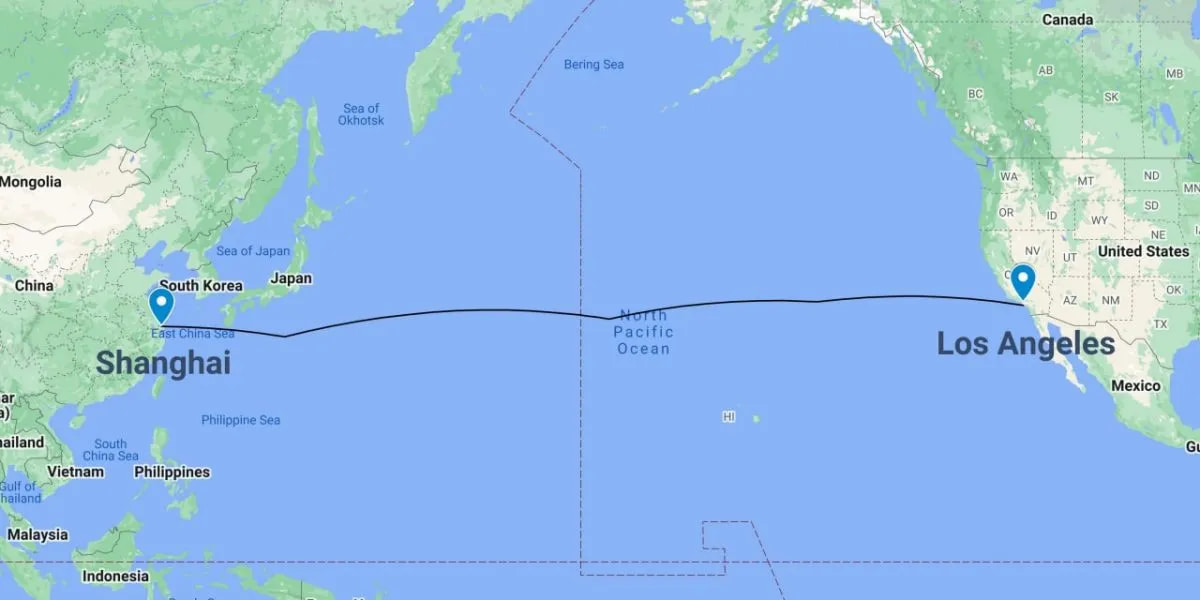
The average shipping time for container ships from China to the U.S. typically ranges from 14 to 40 days, depending on various factors. The following table summarizes estimated transit times based on major routes:
| Shipping Route | Estimated Transit Time |
|---|---|
| Shanghai to Los Angeles | 15-20 days |
| Shenzhen to New York | 20-30 days |
| Guangzhou to Seattle | 25-35 days |
| Ningbo to Chicago | 18-28 days |
| Qingdao to San Francisco | 22-32 days |
Planning Your Shipments
To ensure smooth logistics when shipping from China to the U.S., businesses can adopt several strategies:
Advance Planning: Start the shipping process well in advance of when you need the products. This allows flexibility for potential delays.
Work with Experienced Freight Forwarders: A knowledgeable freight forwarder can help navigate logistics, ensure proper documentation, and manage timelines effectively.
Use Real-Time Tracking: Many modern shipping companies offer tracking systems that provide real-time updates on the location and status of shipments.
Choose the Right Shipping Method: Depending on urgency and budget, consider whether to use full container loads (FCL) or less-than-container loads (LCL). FCL can be faster but might be more expensive.
Benefits of Understanding Shipping Times
Understanding container ship times offers several benefits:
Better Inventory Management: Knowing transit times allows businesses to manage stock levels more effectively, reducing the risk of shortages or excess inventory.
Improved Customer Satisfaction: Transparency in shipping timelines enhances customer trust. Providing accurate estimates for delivery can lead to a better customer experience.
Cost Management: By factoring shipping times into pricing strategies, businesses can align their costs with customer expectations and market trends.
Conclusion
In the fast-paced world of international trade, being informed about container ship times from China to the U.S. is essential for businesses looking to stay competitive. By considering various factors that influence shipping times and implementing practical strategies, companies can optimize their logistics processes. Ultimately, this knowledge not only aids in operational efficiency but also contributes to a stronger, more reliable supply chain. Understanding the nuances of container shipping can empower businesses to make informed decisions, paving the way for success in the global marketplace.
 Easy Shipping From Global, Save Cost
Easy Shipping From Global, Save Cost

